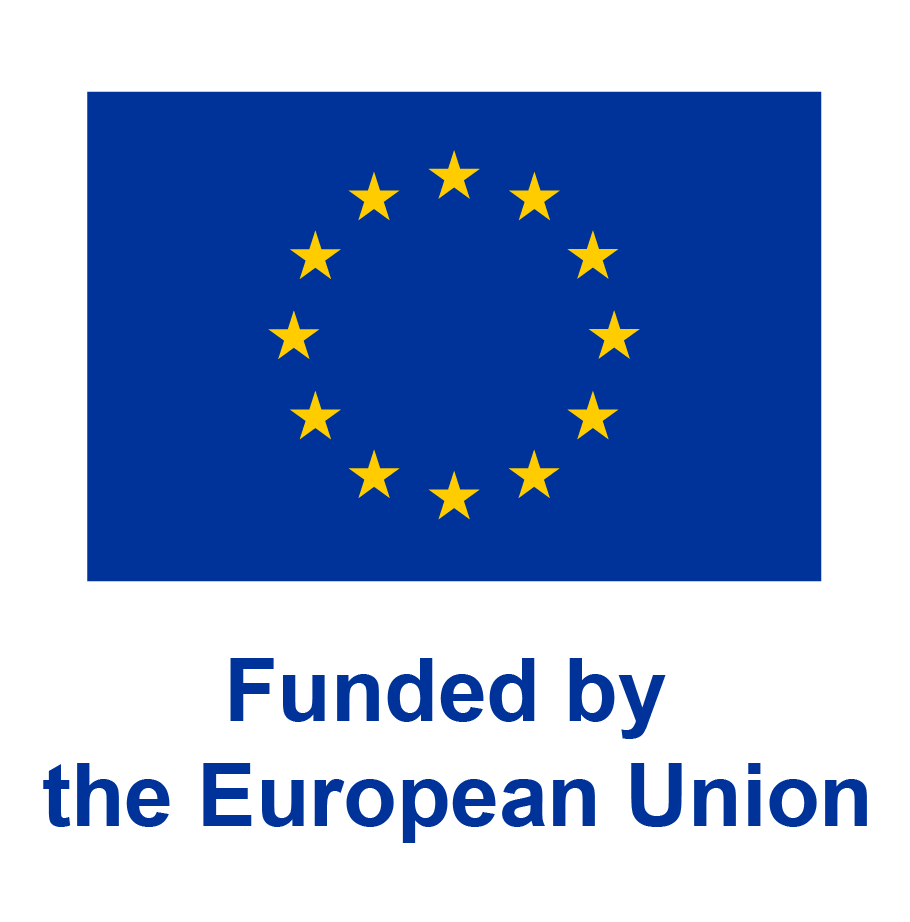Acronym
LASIQ
Code
41B07823
Duration
01 January 2024 → 31 December 2028
Funding
European funding: framework programme
Principal investigator


Research disciplines
-
Engineering and technology
- Nanophotonics
Keywords
chip
Project description
In LASIQ I will develop, for the first time, an on-chip titanium-sapphire mode-locked laser capable of generating low-noise optical frequency combs in the 650-1100 nm wavelength range. Optical frequency comb generators are light sources capable of generating a spectrum of millions of equally spaced laser lines. Such light sources allow to down-convert optical frequencies (THz) to the microwave domain (GHz), enabling precision laser spectroscopy and the construction of optical atomic clocks. Theodor Hänsch and John Hall were awarded the Nobel Prize in physics of 2005 for developing the optical frequency comb in recognition of its impact on quantum metrology, timekeeping and fundamental physics. Since their initial development, they have revolutionized several other fields such as LIDAR (light detection and ranging), molecular spectroscopy, astronomic spectroscopy for exoplanet identification and ultra-low-noise microwave generation. However, high-performance optical frequency combs are mostly based on expensive (>100 kEUR) and bulky (> 900 cm3) free-space or fiber-based mode-locked laser systems, which strongly limits their use in real-world applications. This has spurred an enormous research effort towards developing on-chip optical frequency comb generators. Currently, a large variety of integrated optical comb generators have been demonstrated, ranging from soliton microcombs to semiconductor mode-locked lasers. However, so far integrated optical comb generators cannot rival the performance of their table-top counterparts, severely limiting their application. In LASIQ, I will address this need by demonstrating titanium-sapphire mode-locked lasers on a millimeter-sized chip with a performance similar to that of the incumbent free-space solution. The realization of an on-chip titanium-sapphire mode-locked laser will enable chip-scale supercontinuum sources, integrated optical coherence tomography systems, on-chip optical atomic clocks and dual-comb metrology.
Disclaimer
Funded by the European Union. Views and opinions expressed are however those of the author(s) only and do not necessarily reflect those of the European Union or the European Research Council Executive Agency (ERCEA). Neither the European Union nor the authority can be held responsible for them.